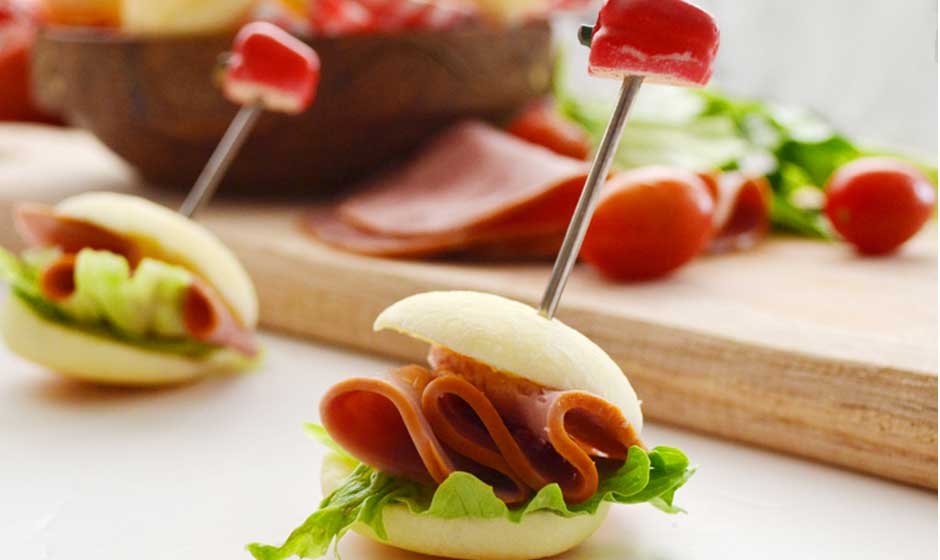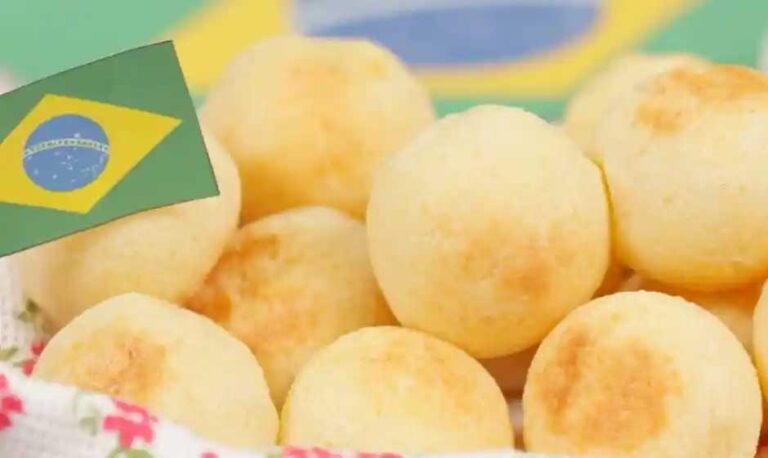Anybody who has stepped foot in Brazil or visited a Brazilian bakery knows that mentioning pão de queijo (cheese bread) brings back good memories. These little golden balls of cheesy goodness are more than a snack; they’re a cultural icon. But what is it that makes pão de queijo so unique? In this post, we will cover its history, ingredients, and why it’s become a favorite for many.
A Bite of History
Pao de queijo goes back to the 18th century in the southeastern state of Minas Gerais, Brazil. At that time, African slaves who were workers in the region were using cassava (or manioc) starch to replace the hard to come by wheat flour. Overtime, locals added milk, eggs, and cheese—typically the salty, tangy Minas cheese—to create what we now know as pão de queijo.
But pão de queijo did not become popular immediately. Only in the mid-20th century with mass production and national pride in traditional foods did these cheesy delights become staples in Brazilian households. Today, it is now enjoys them at breakfast tables, snack breaks and social gatherings throughout the country.

Secret to the Perfect Pão de Queijo
What separates pão de queijo from other bread is its unique texture. Rather than using wheat flour like traditional bread,pão de queijo uses cassava starch. This makes it chewy and stretchy inside but crisp outside. The result? A delightful contrast that keeps people coming back for more.
The ingredients popo de queijo are simple yet impactful:
Cassava Starch (Polvilho): It gives pão de queijo that chewy texture. Both sour (polvilho azedo) and sweet (polvilho doce) versions are often combined for the perfect consistency.
Cheese: Traditionally, Minas cheese is the star of the show. But you can use parmesan, mozzarella or any semi-hard cheese to replicate the flavors.
Milk, Eggs, and Oil: These provide the structure and moisture, binding everything together and giving the bread its richness.
Making pão de queijo at home is surprisingly easy and the aroma when they bake is irresistible. The process involves mixing the ingredients into a dough, rolling it into small balls, and baking until golden brown. Whether you stick to tradition or experiment with your favorite cheeses, the end result is always satisfying
Why Pão de Queijo Wins Hearts Worldwide
Over the years, pão de queijo has transcended its Brazilian roots to become a global phenomenon. Cafes and restaurants worldwide now offer it – often as a gluten-free substitute for bread. Its chewy texture, rich flavor, and bite-sized convenience make it an easy crowd-pleaser.
Another reason for its popularity is its adaptability. Beyond the traditional recipe, pão de queijo can be enhanced with herbs, spices, or even stuffed with fillings like cream cheese, guava paste, or sausage. These variations have only added to its universal appeal.
In the end, pão de queijo isn’t just food; it’s an experience. From its humble origins to its place on the global stage, this little cheese bread proves that the simplest things in life are often the most extraordinary. So take a bite – and let pão de queijo work its wonders.
